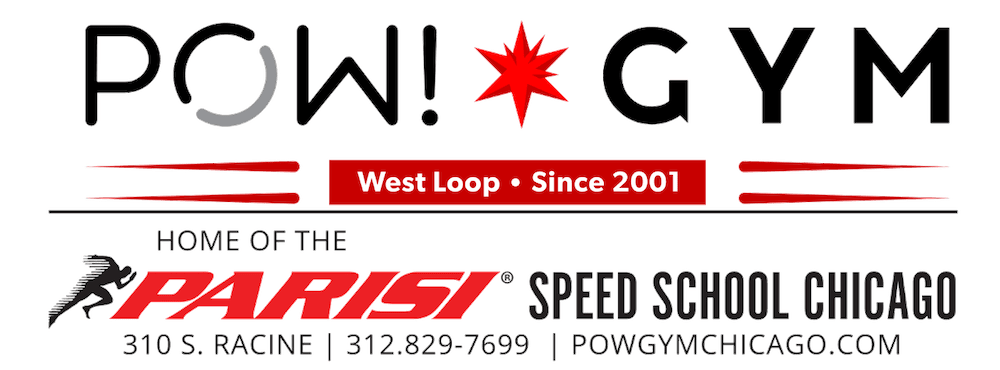
Dryland training is an integral part of an Olympic swimmer’s program. Athletes like Michael Phelps, Brad Tandy, Caeleb Dressel, Abbey Weitzeil, Siobhan Haughey, and Maggie Mac Neil dedicate many hours each week to dryland training. Using the Parisi Speed School program as your dryland training regimen will enhance your potential as an athlete in the pool and sport-specific athleticism. In the last 10 years, sports science has been the most prolific. Research supports not only the value of performance training but also confirms that speed in itself, is its own science. The science of speed is different from strength and conditioning. Although strength and conditioning are by-products of a speed & performance training program, speed and performance enhancements are not necessarily a by-product of basic strength and conditioning programs. Adolescent swimmers should start dryland training in elementary school if they want to become competitive. Dryland training also assists with critical growth milestones. Gross motor, connective tissue, central nervous system, and skeletal developments are positively affected by dry land training whether it is playing tag, soccer, athletic performance, strength training, martial arts, gymnastics, etc… While a general fitness program will provide general physical benefits for swimmers, strategic speed and performance training will maximize an athlete’s time and likely translate more quickly into a swimmer’s performance in the pool. Benefits of Speed & Performance Dryland for Swimmers Overall anaerobic and aerobic endurance Swimming speed Stroke frequency and stroke length Jumping power off block Injury mitigation Flip-turn mechanics Bone Density & Muscle Development It is very difficult to build muscle through swimming alone. Although swimming is very intense, muscle groups are not triggered to develop significantly compared to dryland activity. Muscle cells require gravity-based stress to signal maximal growth. Dryland training offers the ideal circumstances to strengthen all muscle groups and support biological systems. An additional result of dryland training is healthy bone density. Core Strength Aside from the stroke or event, swimmers need to also build the following skills: A clean entry off the block A powerful flip-turn The correct “downhill” body position Core stability to minimize drag Stroke-specific techniques like kick-offs, hip rotation… The core is far more than just the abs. An athlete’s core includes the entire torso. It is where the transfer of power and force occurs. Core strength also impacts a swimmer’s stroke efficiency. Injury Mitigation Swimming is a sport with many repetitive movements which can lead to chronic injuries. General fitness programming can help to develop areas of the body that are underdeveloped. High-level speed and performance training like the curriculum offered at the Parisi Speed School includes strength and mobility for areas under-worked in the pool, but also specifically mitigates injuries due to overuse in the pool. The training strategy builds stronger muscles to more effectively distribute force which puts less stress on the body over time. At the Parisi Speed School, there is also a focus on promoting important movement patterns like hip extension, spinal alignment, core stabilization with proper breathing, and more. One area often overlooked is posture. A swimmer’s posture is connected to core engagement and upper body strength. Bad posture and a weak upper body can lead to shoulder injuries, neck problems, and inefficient breathing techniques. Generate More Power Performance and speed training will help a swimmer become a powerful athlete. Once the athlete develops a baseline level of strength, power drills can be incorporated into their dryland program. Explosiveness and speed is a coveted skill in the pool. As experts on speed development, the Parisi Speed School takes a scientific approach when building movement mechanics and progressing to appropriate power and speed applications. Images taken from: https://www.youtube.com/watch?v=yBlZtwDl0cI and https://www.menshealth.com/fitness/a37620053/caeleb-dressel-swimmer-workout/ 




